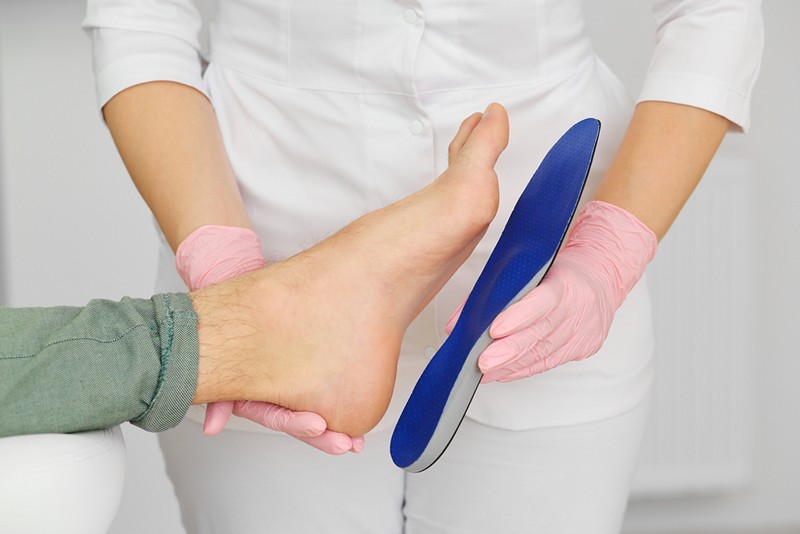
There are two basic principles to consider when dealing with your feet and your lower extremity pains that you may have. First, do you think you have a foot that over flattens, otherwise called pronation? As foot specialists, we have been trained in biomechanics and believe that most patients are born with different foot types. If you tend to overpronate the bony structure of your foot, you cannot adequately support the foot. This results in soft tissue structures being stressed more. Orthotics simply position the foot so that the joints can support the foot and demand less of other structures.
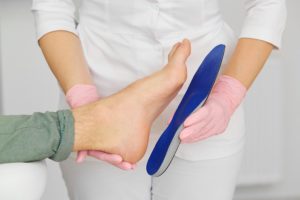
Over-pronation
Let’s address your first concern. Over pronating is a very simple concept to understand. People tend to flatten their arch or roll their foot inward too much and too often. The old adage is, if you walk in the sand and you can’t see much of an arch, this could be an indication of pronation. This is somewhat true in most cases, but it may be more complex than that. Some people have an arch that doesn’t over flatten; but if you look at their heel from behind, their heel tends to roll in quite a bit. It does not stay perpendicular to the ground.
Different kinds of feet present different kinds of pronation. Sometimes, a professional is the best to tell you if you are an overpronator. If you have tried various treatments and you have had a problem that’s been persisting; for over one, three, six or twelve months – it is an indication that your foot structure needs additional support. The following are some conditions that are oftentimes bettered or totally eliminated with the use of orthotic devices.
Achilles Tendonitis and Plantar Fasciitis
Pain on the bottom of the heel is referred to as plantar fasciitis. It’s one of the most common problems to be treatable. Tendon on the backside of your heel or running up the Achilles tendon, is, oftentimes, Achilles tendonitis. Orthotics can treat this a great deal. In many cases, treatment options such as anti-inflammatory stretching and physical therapy just don’t knock it away.
Bunions and Foot Deformities That Are Treated With Custom Orthotics
Bunions are a prime example of this, especially if it’s in early stages and not painful yet. There is a chance of a foot deformity where you can feel growth on the back of your heel; also called the Haglund’s deformity or pump bump. Patients can benefit from orthotics in this situation. In both cases, the biomechanics of your foot might allow you to have a progression of a bunion or progression of the bump on the back of heel.
Stiff Toe Joint
Also referred to as hallux limitus or hallux rigidus, this is an arthritic condition in its early stages and can be healed with orthotic devices.
Painful Ankle
The ankle in itself can have arthritis and orthotics may benefit that. There are stabilizers or stirrup tendons that help stabilize the outer side and the inner side of the ankle. If you have overpronation, these tendons tend to have to be overused because they’re trying to stabilize the foot that is unstable.
Knee Pain
Orthotics have a proven track record of helping what is called chondromalacia patella, which occurs when the kneecap is not centered over the knee joint, thereby causing arthritis between the knee joint and the femur bone. There are instances when people have a higher Q-angle and their knee angulates inward so the thigh and lower leg are not in a straight line. By supporting the foot more this can lessen the angulation at the knee with every step that is taken. The patella can then stay in better alignment and may be less likely to wear down the cartilage. If you have any of the above conditions or just simply have a problem that persists for a long time, orthotics may be just the way to go for you.
Finally if you find yourself in pain in the ball of your foot maybe you’re feeling like your sock is wrinkled but it isn’t. You may be suffering from a nerve enlargement called a neuroma (mortens neuroma) . Orthotics can help as they support the area to lessen the rubbing of a ligament against the nerve.
This blog will serve as a guideline for your consideration of custom orthotics for foot problems and what they are useful for. Depending on your condition, orthotics may be a part of the solution or the only treatment that is needed. So remember to consider if you think you’re an overpronator and are having difficulty getting rid of a chronic problem in the foot or ankle.



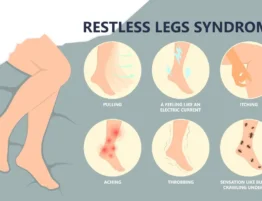

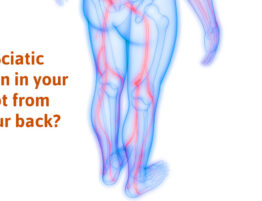
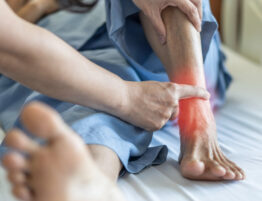


Write a comment: